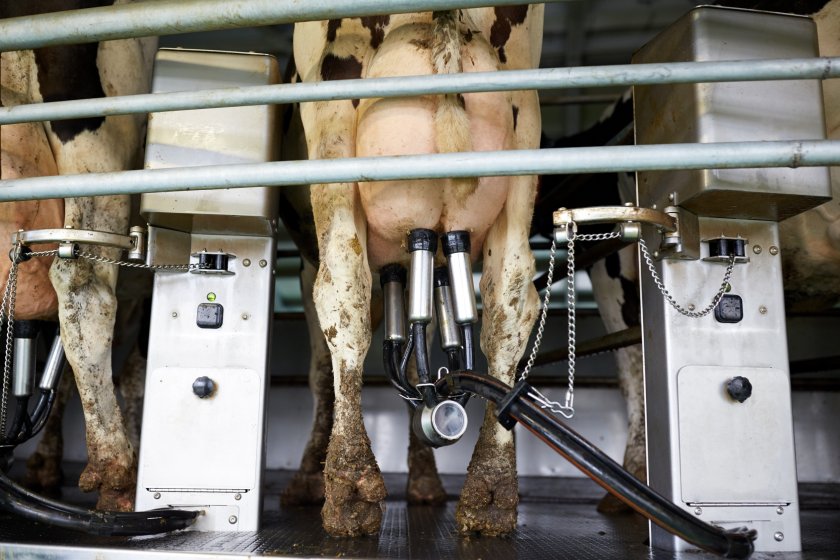
A new research project aims to address the problem of dairy cow heat stress to ensure sustainable milk production and improve cow welfare amid climate change.
Researchers are seeking to understand the interaction between temperature, “microclimates” within farm buildings, and cow physiology and behaviour.
At high temperatures, dairy cows are known to suffer heat stress, which can reduce milk yield, impair fertility, and negatively affect their immune system and overall welfare.
Such problems are likely to be compounded by temperature increases due to climate change, experts say.
The universities of Reading, Essex, Cardiff and Writtle University College are collaborating on a £1.24m project that aims to address the causes of dairy cow heat stress within farm buildings.
The project will bring together experts in animal and dairy sciences, mathematical modelling and statistics, and building design engineering.
Chris Reynolds, of the University of Reading said: “Heat stress due to climate change could have severe negative consequences for the health and productivity of dairy cows.
“Lactating cows have a high rate of metabolism, which makes them less tolerant of high temperatures.
“Research is essential to inform and shape future cow management strategies and building designs.”
Research will take place at the University of Reading’s Centre for Dairy Research (CEDAR) and six commercial dairy farms across the UK.
Individual cow behaviour will be continuously monitored using tracking sensors that record patterns of movement, activity, and space-use for each animal in the herd.
Detailed observations of barn “microclimates” (temperature, humidity, air quality, ventilation) will also be obtained and combined with physiological data (cow body temperature, milk production, health).
Cows are known to adapt their behaviour to help cope with high temperatures and humidity, such as increasing their intake of water, or seeking shade or areas of increased ventilation.
Edward Codling, of the University of Essex, said: “Our tracking sensors will allow us to analyse how indoor-housed dairy cows respond to, and cope with, heat stress in an unprecedented level of detail.
“By combining animal tracking data with continuous sensor monitoring of barn microclimates we will be able to model and predict the complex interactions between cow behavioural choices and their housed environment.”
The data collected will inform development of housing designed to reduce heat stress and improve welfare.
The approach the team is taking, using bespoke animal tracking and environmental sensors from industry collaborators Omnisense and Smartbell to model how building design influences indoor microclimates and cow behaviour, has never been done in this way before.
Dr Jonathan Amory, of Writtle University College, said the climate crisis was bringing new challenges to animal welfare.
“By utilising new technology and working with industry, we can develop innovative solutions for improving livestock management.”
